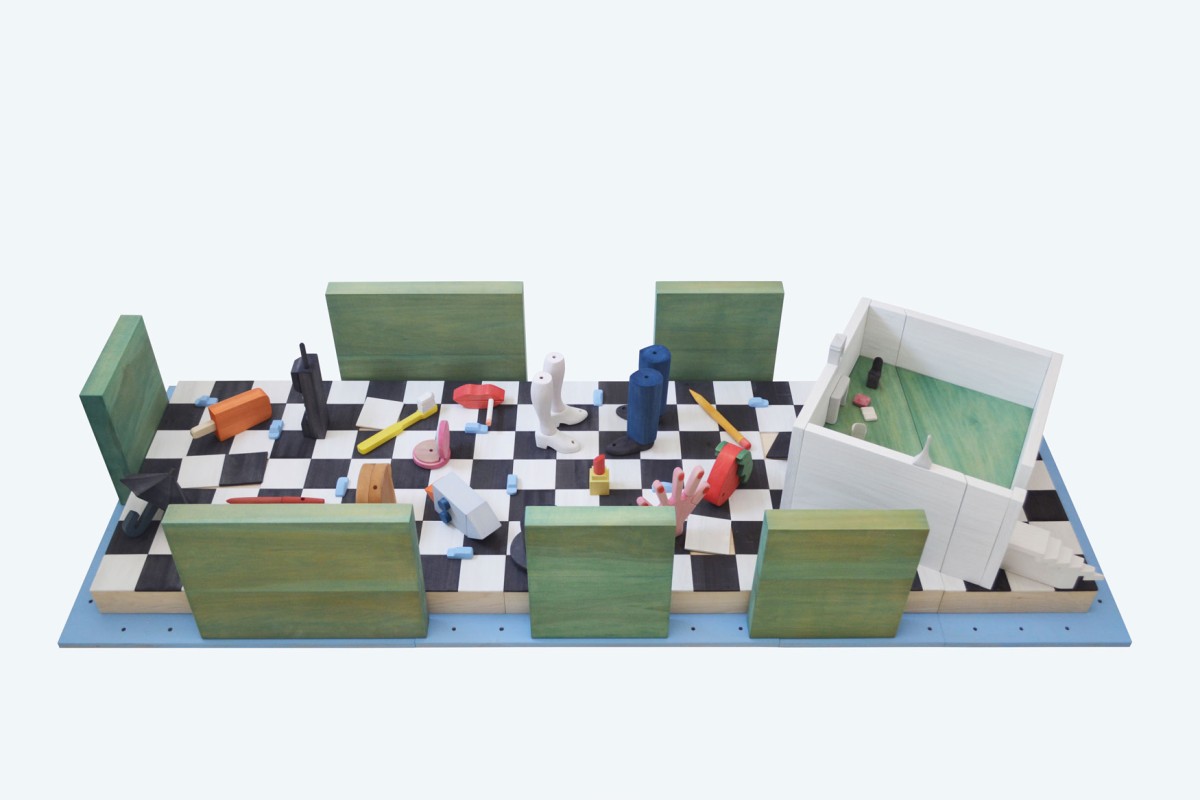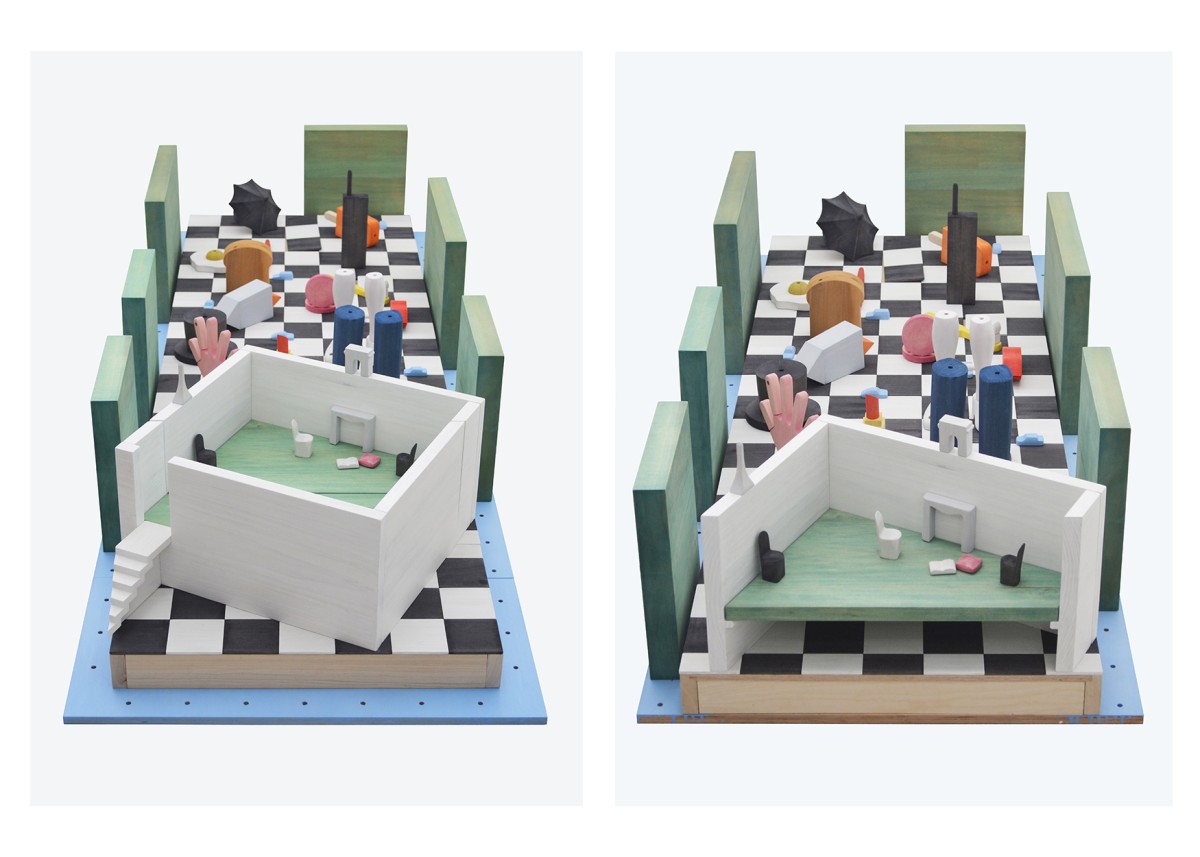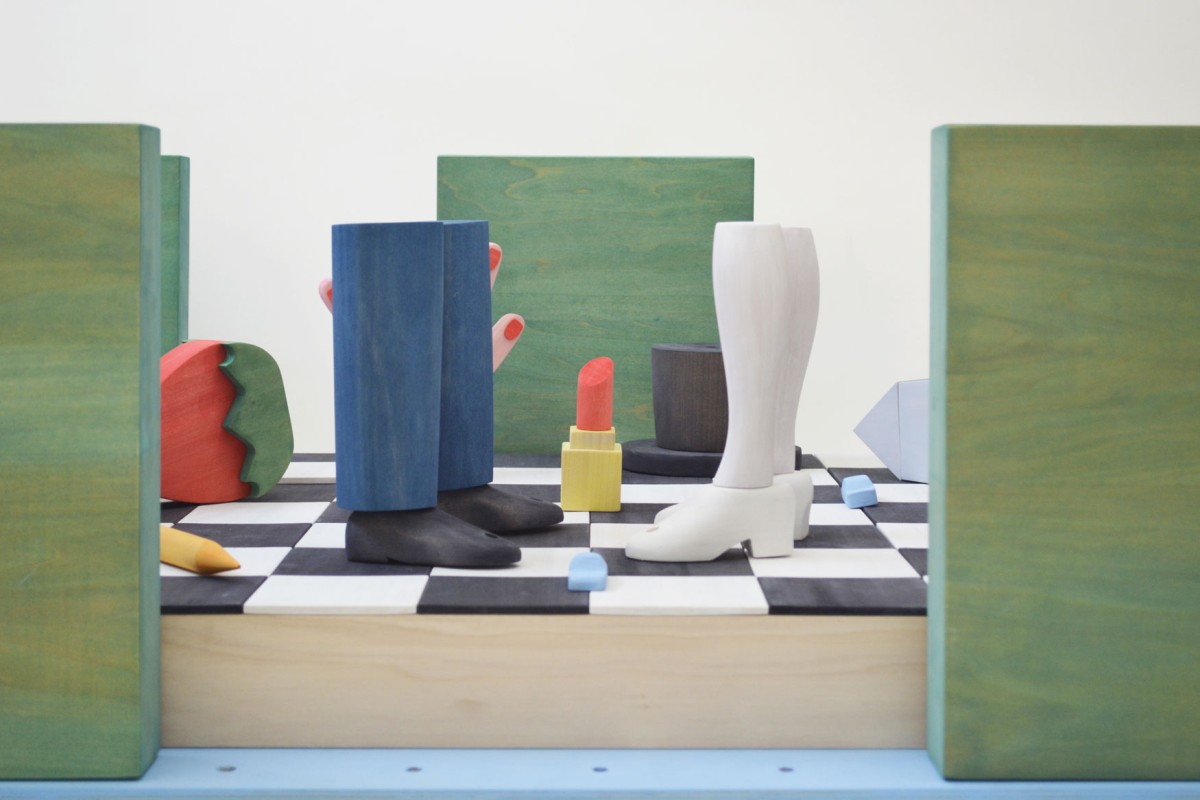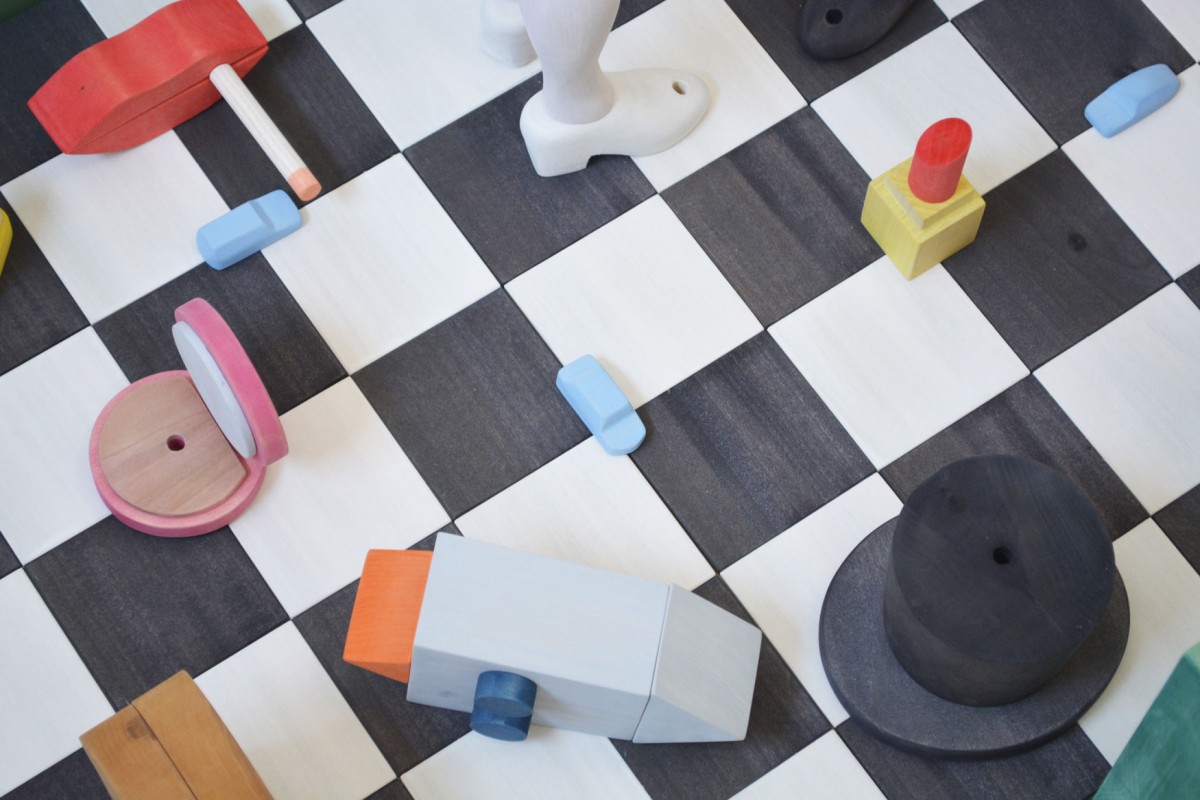Exhibited at the Chicago Architecture Biennial in 2017.
The De Beistegui Apartment in Paris was a rooftop penthouse designed by Le Corbusier for playboy Charles de Beistegui and completed in 1931. One of Le Corbusier’s lesser known projects, it is often touted as either his flirtation with Surrealism or a work in which his client pressured the Modernist into the costume of the Surrealist. In planning, the penthouse was a minimalist white box is placed atop a Haussmann-style apartment building on the Champs-Élysées. While in some ways a feat of modernism in the sky, the space itself was designed with several strange characteristics. First, it was not wired for any electrical lighting leaving only candles for illumination. Second, it included a built-in periscope with which to view the city. Third, a series of hedges as well as interior walls were designed to slide and reposition using electrical motors. And fourth, the highest point of the rooftop garden was a small, square walled “room” with wall heights that hid what would have been an unobstructed view of the Parisian skyline. The apartment no longer exists. Left behind are only a handful of images. It is this status—a ghost captured in a photograph—that makes this work of architecture simultaneously real and imaginary. The limited photography and the oblique views that are captured of the spaces leave the De Beistegui Apartment a palimpsest onto which new architectural narratives can be written. The blankness and height of the garden room walls suggest an amnesia to the reality of Paris beyond them. The framing of the view rather than being specific to reality, allows for multiple fictions about what remains unseen. The walls transform the distant monuments of the Arc de Triumph and the Eiffel Tower into small objects. A magic scale shift occurs, and beyond the walls of the garden room the city is transformed into an urbanity of objects.
Welcome Projects




